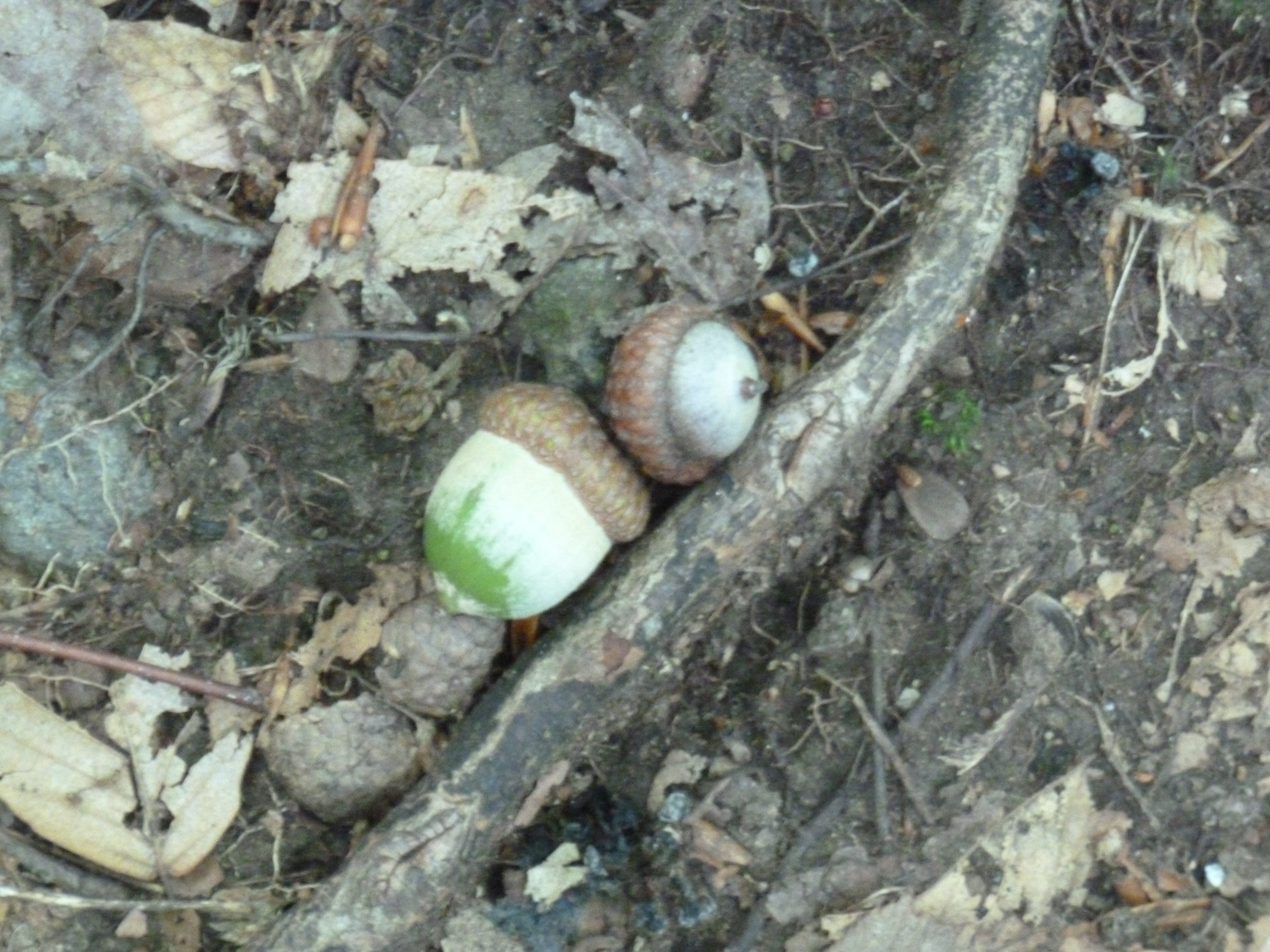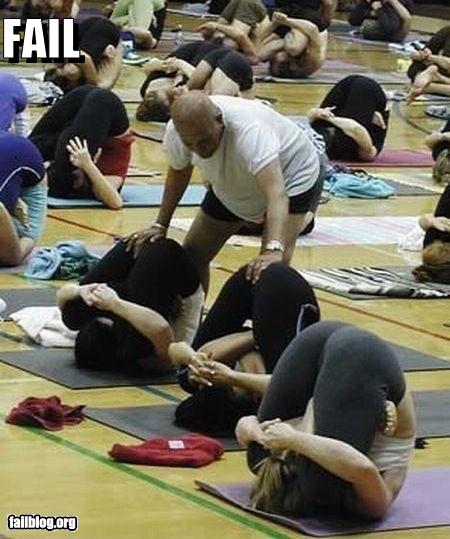Update (April 2021): In February 2021, in an exchange between Matthew Remski and a friend of mine, who was trying to offer him feedback about his tone, Remski wrote the following:
“You might be interested to learn that I’ve alienated a substantial portion of the yoga abuse survivor network I worked to support, largely without pay, for 4 years. Not because of my tone, but because I spoke out against QAnon, and many of them are indoctrinated.”
As a survivor who expressed disappointment with Remski publicly, I imagine that he would like people to believe that QAnon has indoctrinated me. I personally think QAnon is both racist and a front for child sex trafficking.
And speaking of unpaid labor, I (and other survivors) trusted Remski and, with his ongoing encouragement, spent countless hours sharing traumatic experiences and insights giving him content for writing that culminated in a book that has gained him clout, social capital, and career opportunities.
Remski claims that he is open to and appreciative of feedback. While he worked on abuse in yoga, he was always interested in my opinions and seemed to earnestly cultivate what I considered a friendship. However, his interest disappeared when he pivoted from covering sexual abuse in yoga to covering conspirituality. He switched from publicly saying, “We need to listen to survivors,” (which was in his best interest professionally at the time) to “survivors are particularly susceptible to conspiracy.” I told him that this abstraction was both harmful to survivors in general and personally made me feel objectified. He essentially disregarded me.
Also noteworthy is that my original FB post trying to get him to take some responsibility was precisely critical of his dismissive and condescending tone while also insisting to a survivor, who was sharing trauma, that he believed her, during a FB exchange. And his tone is definitely part of how he alienated me.
With time, distance, and reflection, in addition to his sudden lack of respect for my feedback and what is written in the post below, there are many other things that lead me to believe that Matthew Remski’s “friendship” with me was merely opportunist and that he is a total fraud. But I am not ready to discuss them publicly. I am sorry that I trusted him and believed him to be a friend.

(From Nov 2020, edited) One of the main points I tried to make in a recent interview that I did in Spanish is that an organization or community can have the best policies for addressing abuse and sexual violence but that won’t matter one bit if there aren’t individuals who are willing to speak up when an influential or respected person does something unacceptable or ignorant. And by speaking up, are willing to risk damaging or losing any of the following: connections, status, opportunities, social capital, work, money, and sometimes more.
In an ideal world there would be consequences, both big and small (sometimes education might suffice), for all speech and behavior that is degrading, sexist, racist, abusive, exploitive, etc. Unfortunately, the more privilege and influence one has, the less likely they are to face consequences for such behavior. Maybe the best that onlookers can do is set an example by making our disapproval known. Hopefully, making such instances into learning opportunities will lead to more community pressure for accountability and justice.
The following is in no way meant to discredit any of Matthew Remski’s writings that feature survivors who expose abusers. While Matthew Remski was working on covering abuse in yoga, he gained my trust by listening carefully and attentively to me (and other survivors) and my name is connected with his. Yet at this point, my praise of him would not come without reservations. I’ve noticed some patterns that conflict with not only my own ethics and values, but with those I believed Remski shared, and that contradict the standards he held other people to and the work we did together.
One pattern includes scornful modes of communication with people who have infinitely less influence than he does and do not warrant his disrespect, especially in a public forum. Impulsivity and anger can be hard to avoid on social media, I am no exception to that. However, this type of response is particularly problematic with Remski because of his position as a white, cis, male who champions survivors and allies in his commentary on dominance, abuse, and trauma.
Another pattern revolves around questionable choices in the people he is amplifying or using to amplify himself. There are recently at least three people with whom Remski has worked that directly conflict with what I thought were his values. One of them Remski himself has told me is narcissistic and hypocritical, and that they blatantly ignored survivor testimony for their own self-promotion (something he cites as motivating him to sue one of his critics). Another has taken a position on abuse in a manner that Remski has criticized in the past, and the third has ethical complaints against them. The burden should not be on me to try to hold these people accountable, I’m not associated with them. Remski knows who I am talking about.
For eight weeks, I tried communicating with Remski about these patterns and him taking responsibility, but it didn’t go well, which was both surprising and disappointing. I thought he was different, because in the past (when I was useful to him) he had been receptive, even appreciative, when I offered him feedback and criticism. As a survivor, true receptivity to my suggestions and critique has been very rare. Plus, because Remski (sometimes along with me) has pushed for and written about transparency; justice; and making skillful apologies, accountability statements, and amends. I never thought that he would complain about “cancel culture.” I always thought that he would take responsibility for problematic behavior. Wagatwe Wanjuki has written an excellent article about how “It’s no coincidence that people on top of the privilege pyramid are the ones who complain about cancel culture the most.”
After I publicly posted concern on FB, Remski reached out offering to pay for mediation, rejecting other communication as unviable. I declined for several reasons, including that it sounded like he would not be willing to own accountability publicly. Accordingly, mediation comes with a Non-Disclosure Agreement, which I’ve told him I strongly oppose, and one of his followers commented on social media that he and I were working things out privately.
I went public because I wanted Remski to take responsibility publicly. Furthermore, since I now question Remski’s integrity, I want to distance my name from his, as they have been closely linked. And more importantly, I want to do what I have asked other people to do: let people know when you have concerns about the behavior of an influential person who you have openly trusted, respected, worked with, or supported.
















